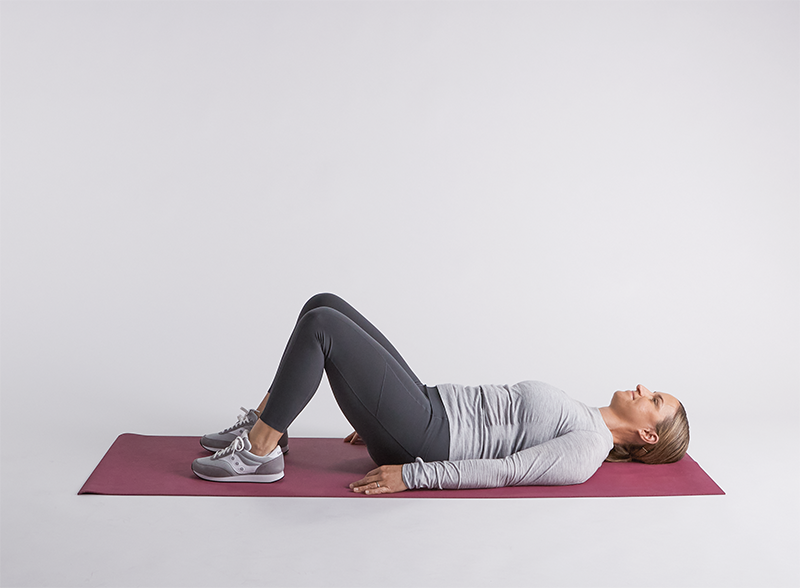How to Do Posterior Pelvic Tilt: A Hinge Health Guide
Learn how to do posterior pelvic tilts to improve mobility and strength in your core and hips, plus modifications to make this exercise easier or harder.
$0 cost to you
Published Date: Jul 30, 2024
